Art & Exhibitions
Dazzling Vienna Exhibition Explores the Female Muses of Klimt, Schiele, and Kokoschka
Some of these stunning portraits were considered highly scandalous at the time.
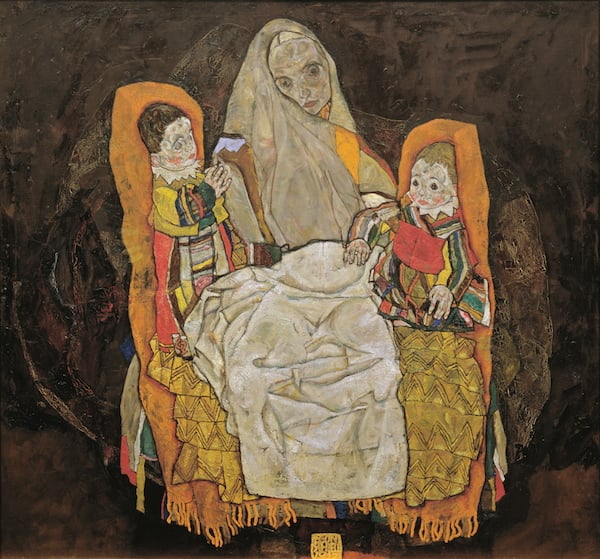
Photo: © Belvedere, Vienna
Some of these stunning portraits were considered highly scandalous at the time.

Amah-Rose Abrams

“The Women of Klimt, Schiele and Kokoschka,” a stunning exhibition exploring the numerous and almost obsessive depictions of women painted by Gustav Klimt, Egon Schiele, and Oskar Kokoschka, has opened at the Belvedere Palace & Museum in Vienna.
Looking at Klimt, Schiele, and Kokoschka’s approach to portraying women, the exhibition explores the Viennese society of the time, as well as the question of gender politics at the start of the 20th century, when both women and men’s sexuality were undergoing a revolution.
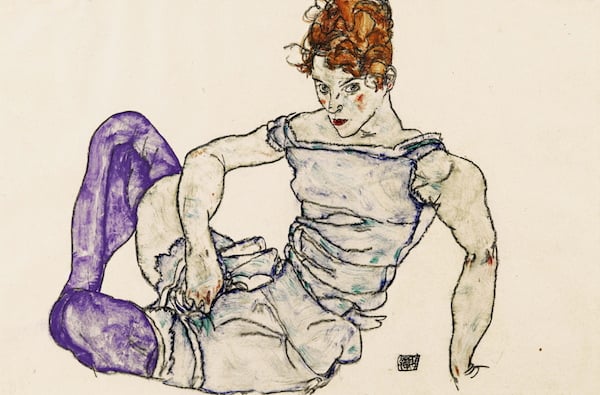
Egon Schiele, Sitting Woman in Violet Stockings (1901/2)
Photo: © Belvedere, Vienna
“’The Women of Klimt, Schiele and Kokoschka’ sheds light on […] Vienna’s society, as well as those outside the salon culture of the upper classes,” Agnes Husslein-Arco, the director of the Belvedere and the 21er Haus, writes in the exhibition’s press release.
“More and more middle-class women raised their voices in opposition, and, together with women workers, organized themselves into a movement,” she adds.”They not only wanted to rethink male dominated upbringing, the purely representative function of wives and society’s empty conventions, they demanded rights and insisted that gender roles be reconsidered and arranged anew.”
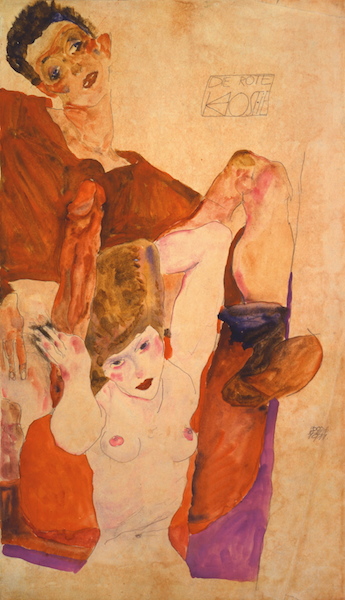
Egon Schiele, The Red Host (1911)
Photo: © Belvedere, Vienna
Questions of sexuality, masturbation, and sexual psychology were just beginning to be addressed in Western society, after years of repression. Evidence of this social change can be seen in the work of the three artists, in their depictions of sexually charged couples, women, and mothers.
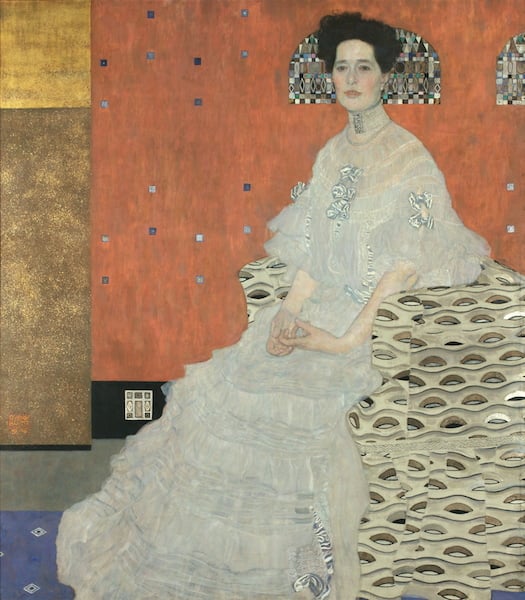
Gustav Klimt, Fritza Riedler (1906)
Photo: © Belvedere, Vienna
“It was in this zeitgeist that Klimt’s character as a person and artist was forged,” writes the curator and vice director of the Belvedere, Alfred Weidinger.
“Klimt moved amid these spheres, and his art was chiefly in response to widely held discussions about the ‘riddle that is woman’, discussions that by 1900 or so had become the focal point of his artistic output. From then on, his art concentrated entirely on the female sex, approaching it from a variety of ways,” he explains.
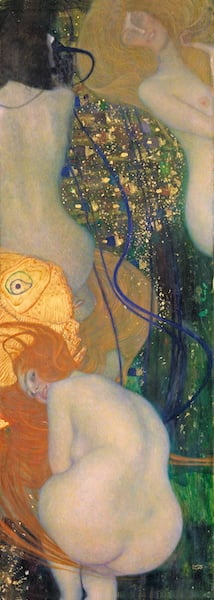
Gustav Klimt Goldfish(1901/2)
Photo: © Belvedere, Vienna
Klimt’s sumptuous portraits, still imitated and incredibly coveted today, were breathtakingly beautiful, layered, and detailed, but almost totally obscured the actual women they depicted, making them seem like otherworldly. In comparison, Schiele and Kokoschka stripped things back with sparse or no backgrounds, making the women’s presence and sexuality the unavoidable focus.
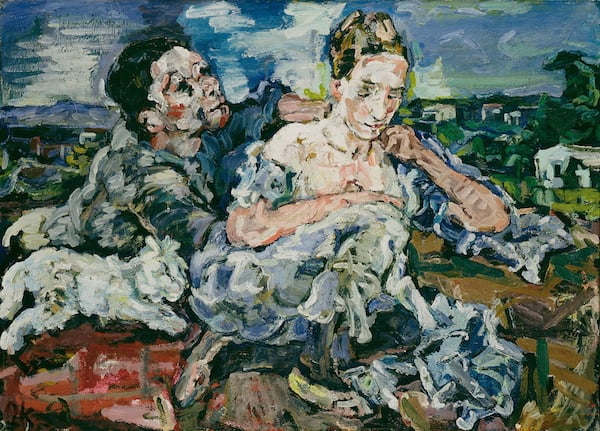
Oskar Kokoschka, Lovers with Cat (1917)
Photo: © Belvedere, Vienna
“Intellectuals in fin-de-siècle Vienna were downright obsessed with female sexuality,” writes the New York gallery owner and curator Jane Kallir in the press release. “This obsession,” she continues, “was reflected in the work of personalities as varied as Sigmund Freud and Gustav Klimt, Otto Weininger and Oskar Kokoschka, Arthur Schnitzler and Egon Schiele. But it was Schiele’s representations of women that were considered especially offensive.”
Today, Schiele’s work is extremely well loved, and depictions of female sexuality quite commonplace, but during his lifetime, his work and lifestyle were viewed as absolutely scandalous. Klimt also drew negative reactions for his lifestyle, while Kokoschka was more traditional and, some sources even say, repressed.
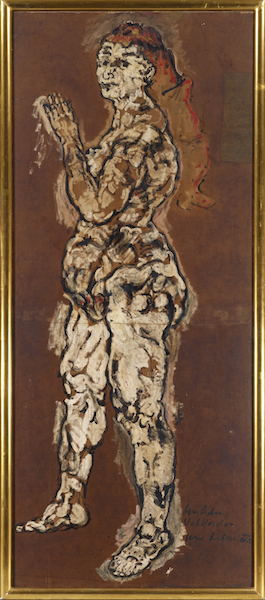
Oskar Kokoschka, Standing Female Nude (Alma Mahler)(1918)
Photo: © Belvedere, Vienna
Although their approaches differed, what brought the work of these three coeval artists together—other than their depictions of women—was a belief in romantic love and female sexual autonomy. Seeing all these masterpieces together is definitely worth a look.
“The Women of Klimt, Schiele and Kokoschka” is on view at the Belvedere Palace & Museum from October 22. 2015-February 28, 2016.